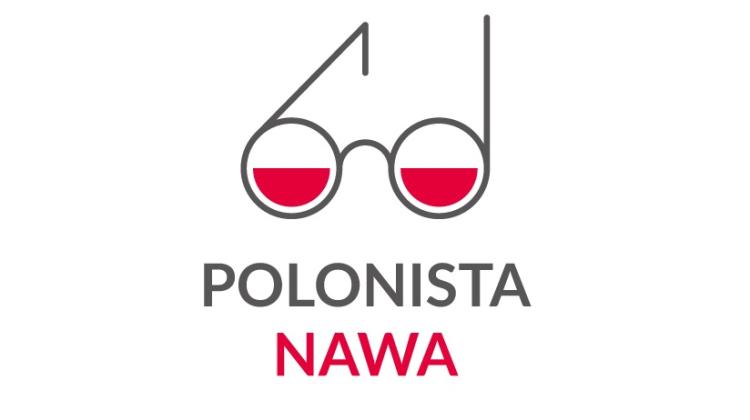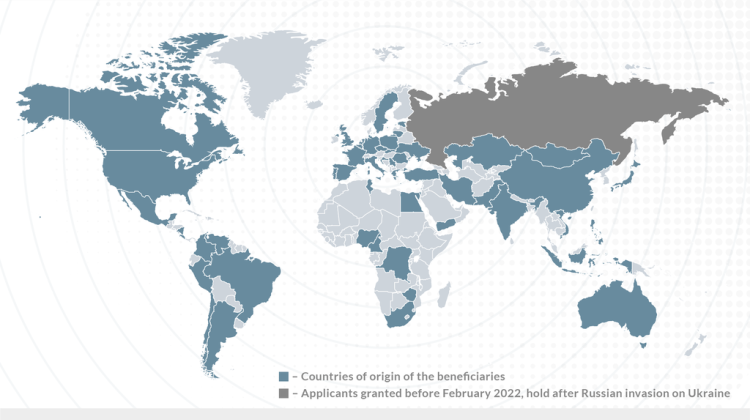University of Warsaw and Jagiellonian University among the top 10 universities in Central and Eastern Europe

University of Warsaw and Jagiellonian University are in the top 10 universities in the countries of Central and Eastern Europe and Central Asia. In total, 15 Polish universities have been included in the ranking.
The ranking has been prepared by QS Quacquarelli Symonds, the company running the QS Ranking, one of the four major global educational rankings (next to the Times Higher Education rankings, the Shanghai ranking and U-Multirank). Among 200 universities included in QS University Rankings Emerging Europe and Central Asia, there were as many as 15 Polish universities.
First place in the ranking went to M.W. Lomonosov University in Moscow - the most famous university in Russia, founded in 1755. In the second place was Russian Novosibirsk State University, the third - Saint Petersburg State University. The fourth place went to Charles University in Prague, and the fifth to the Estonian University of Tartu.
Sixth and seventh places were taken by the University of Warsaw and Jagiellonian University. Behind them - in the top ten - were also Czech Technical University in Prague, Turkish Bogazici University and the Czech Masaryk University.
18th place went to Warsaw University of Technology. In the first hundred there were also the following Polish universities: University of Wroclaw, AGH University of Science and Technology in Kraków, Wroclaw University of Technology, University of Lodz, Cracow University of Technology, University of Gdańsk, University of Silesia and the Nicolaus Copernicus University in Toruń.
In the second hundred of the ranking were: Warsaw University of Life Sciences, Lublin University of Technology, University of Białystok and the University of Rzeszów.
First published in 2014, the QS University Rankings: Emerging Europe & Central Asia (EECA) highlights the top 200 universities in this region. A total of nine factors are assessed: Academic reputation (30%), Employer reputation (20%), Faculty/student ratio (15%), Papers per faculty (10%), Web impact (based on the Webometrics ranking - 10%), Staff with a PhD (5%), Citations per paper (based on Scopus - 5%), International faculty (2.5%) and international students (2.5%)
The ranking results are available on the website.
PAP - Science and Scholarship in Poland
ekr/ agt/ mrt/
tr. RL
Przed dodaniem komentarza prosimy o zapoznanie z Regulaminem forum serwisu Nauka w Polsce.


















